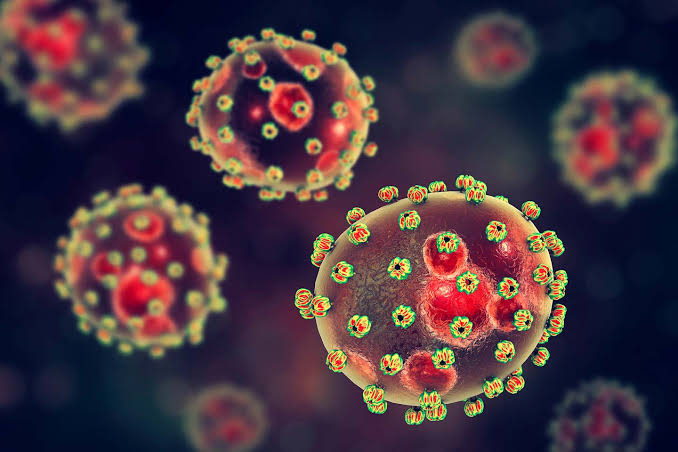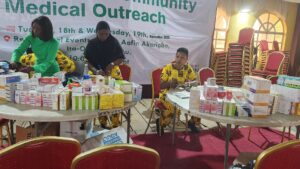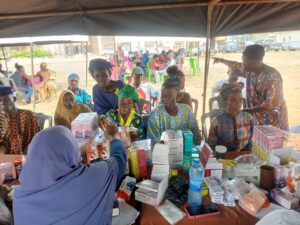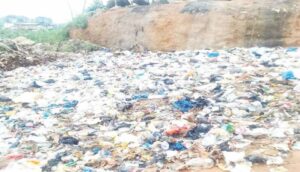Lassa Fever Claims 95 Lives in Nigeria, With 506 Confirmed Cases – NCDC

Lassa fever has claimed 95 lives out of 506 people who were confirmed to have contracted the disease as of February 23, 2025, the Nigeria Centre for Disease Control and Prevention (NCDC) has said.
In its week eight situation report, the agency noted that a total of 2,492 suspected cases were recorded, including one additional healthcare worker infected during the review period, which brings the total number of affected healthcare workers to four since January 2025.
It, however, said the number of suspected cases has declined compared to the same period in 2024.
Lassa fever, which is more prevalent during Nigeria’s dry season, is a zoonotic viral infection primarily transmitted by the common African rat, scientifically known as the Mastomys species.
According to the NCDC’s week eight situation report, the virus has been detected in 12 states and 70 Local Government Areas (LGAs), with a Case Fatality Ratio (CFR) of 18.8%.
The confirmed cases were reported across several States: Ondo (160), Bauchi (122), Edo (88), Taraba (80), Ebonyi (15), Kogi (14), Gombe (11), Plateau (7), Benue (5), Nasarawa (2), Delta (1), and Cross River (1).
The report indicated a rise in new confirmed cases from 38 in week seven to 54 in week eight, with infections documented in Bauchi, Ondo, Edo, Taraba, Ebonyi, Plateau, Benue, and Kogi states.
The most affected age group is 21-30 years, with cases ranging from one to 94 years old. The male-to-female ratio among confirmed cases stands at 1:0.8.
The NCDC, however, reaffirmed that the National Lassa Fever Multi-Partner, Multi-Sectoral Incident Management System remains active to coordinate response efforts at all levels.
The agency identified several factors contributing to the spread of Lassa fever, including poor environmental sanitation in high-burden communities, delayed case presentation leading to a higher fatality rate, limited healthcare access due to the high cost of treatment, and low public awareness.










